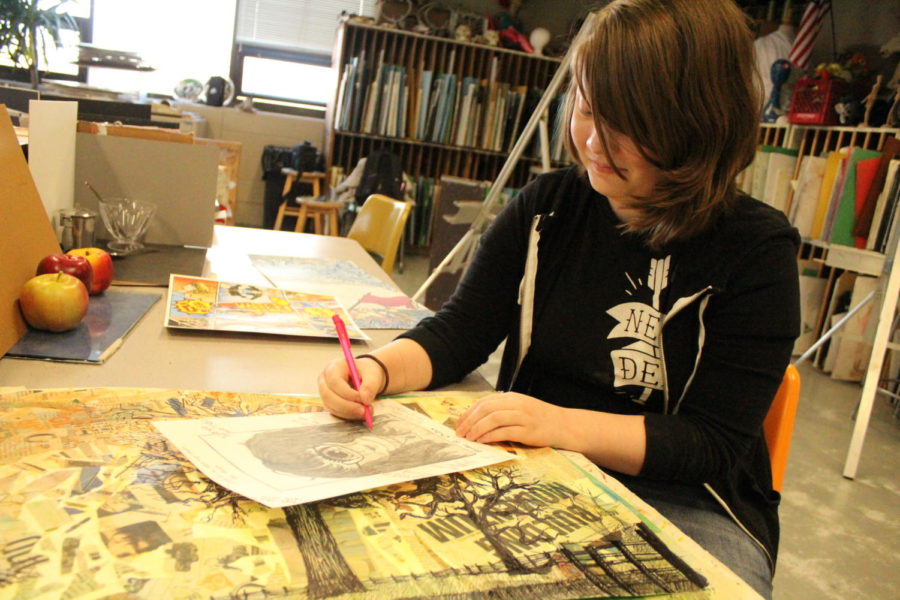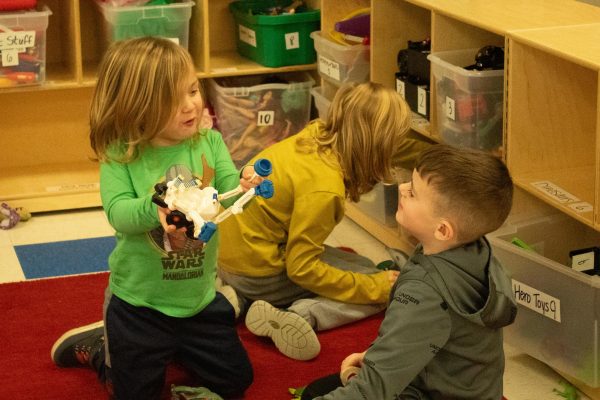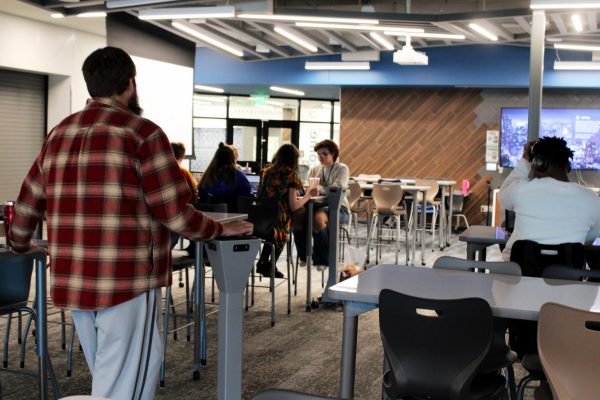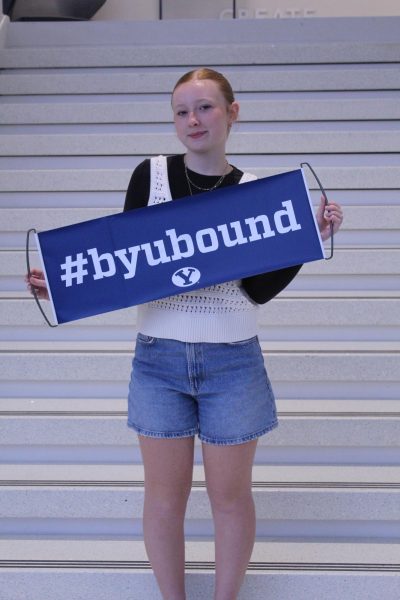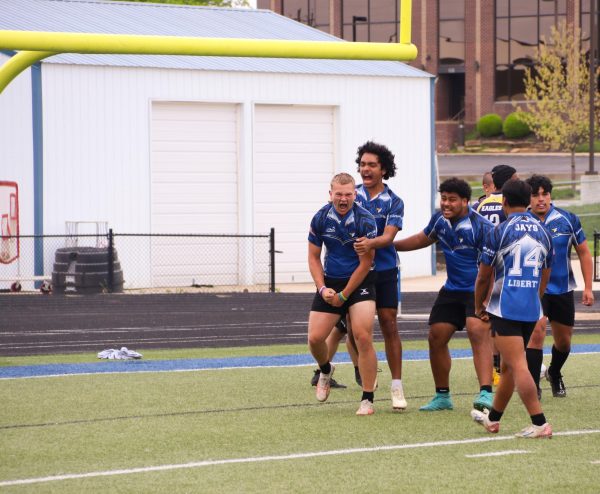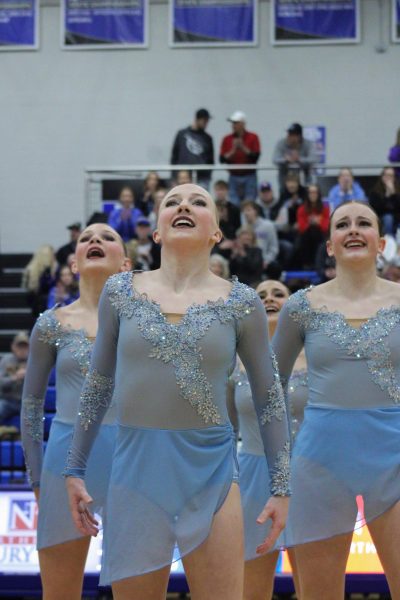Artistic Abilities
Advanced and AP Studio Art students describe their passion for art.
Students sit behind an aisle or stare at a blank paper in front of them, envisioning their latest project and reflecting on how they could take their work to the next level. This is Advanced Placement (AP) Studio Art and Advanced Studio Art in a nutshell. The class provides a creative outlet, like many others, but differs because of its AP style grading and coursework.
With Advanced Studio Art acting as a part one for AP, the creation of a students’ portfolio in the early stages is an important one.
To receive college credit, students must submit a portfolio to the College Board in order for it to be graded. The main theme or focus of the portfolio, the Breadth, is a big picture concept that, in time, is narrowed down to be a specific subject. After deciding on and editing their Breadth, students work on the Concentration part of the project which is specializing in certain areas of the art.
“It’s almost like independent studies,” AP and Advanced Studio Art teacher Julie Miller said. “Especially when they get to AP and they’re doing a Concentration, they have to show choice and voice. You have to understand that how you demonstrate your artwork is your choice, but then your voice comes through in your detail as well.”
In order to take either class, some prerequisites needed are Graphic Design II, Observational Drawing II, Sculpture II or Photography I. Many students taking the class agree that it continues to pay off as the year goes on.
“There are not a lot of boundaries set, which is good and allows us to really express ourselves,” senior Gurman Thabel said. “For AP, it’s especially important because it’s my senior year and my portfolio is a guide toward the end of the year. It’s a relief to see my work come together because you can see how much effort I’ve put into it. When I’m done I’m hoping it will feel like a weight off my chest.”
The portfolio is graded on a 1 to 6 scale, with many students scoring around a 4. Many students see the stricter grading as encouragement to work harder on their projects, combining the freedom of the class with preparation for the future.
“You get to come up with your own perspective on your artwork instead of somebody else telling you the way that things need to be,” senior Kayla Garcia said. “Sometimes it’s a little scary in the way they’re graded, but in the end, it pushes you harder to get a high score.”
In the class, students can base their portfolio in areas such as photography, graphic design, drawing, painting and sculpture. Up to three portfolios are allowed to be submitted by a student, each can vary from different forms of art.
“It gives students a lot of freedom,” Advanced and AP Studio Art teacher Debby Martin said. “It’s very challenging because they have to develop their own assignment that follows the criteria.”
The independence of the class allows for students to understand college level art as well as compare it to their own style of work and techniques.
“I like the freedom of getting to pick what I want to paint and the mediums I get to use,” junior Jude Nordlund said. “It’s a lot better than doing only what the teachers want you to do.”
Nearing the end of the semester, the class focuses on revising and reflecting on their portfolio, rather than taking a standardized test.
“Finals looks like students taking all of their work and posting it in a way that an artist would post it on the web and analyzing what needs to be done,” Martin said. “They have to do a written analysis of how they’re doing compared to the AP scoring and what they think they need to do in order to strengthen their portfolio by May.”
The importance of the portfolio is known from the start, encouraging students to produce their best work and hone in what needs to be improved.
“Depending on the type of portfolio, you need a certain number of pieces, whether they’re finished or not,” Nordlund said. “The best way to create one is to have your pieces vary in different media’s and trying different methods like abstraction or realism.”
For those interested in these classes for the future, students and teachers currently involved strongly encourage the decision to enroll.
“The class is wild. Everyone kind of does what they want because we’re all comfortable around each other,” Thabel said. “It’s one of those classes where we don’t have to restrict ourselves as art students and you can just be yourself because everyone is very accepting.”
The class provides a new experience for students hoping to take their art to the next level by allowing them to explore art in a different sense.
“Art is a form of expression to me,” Thabel said. “I’ll probably cry when my portfolio is finished because I’ve been working on it since freshman year. It’s been a long process of putting in and taking out certain pieces because I didn’t like them anymore.”
Overall, the class prepares students for a college-level art experience while allowing for artistic expression and teaching some new aspects of art along the way.
“When I first started freshman year I could not even draw an eye or a stick figure,” Nordlund said. “Now I’m doing paintings and get to work with different materials and techniques. I think it’s helped me broaden my horizons.”


